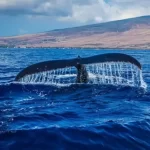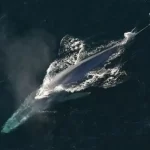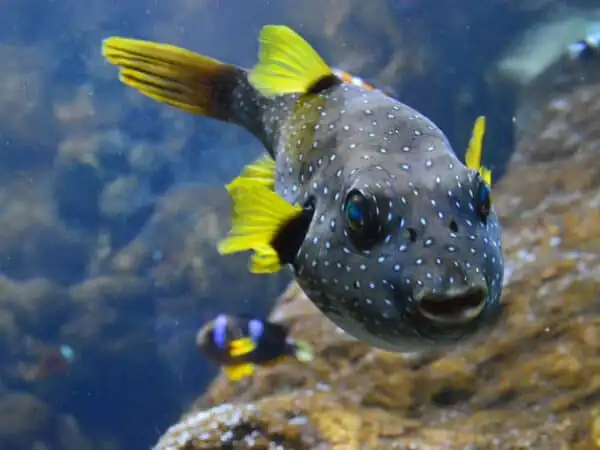
Loreto Bay National Marine Park
The Loreto Bay National Marine Park nestled in the serene waters of the Sea of Cortez, this park is a haven for wildlife enthusiasts, adventure seekers, and anyone looking to soak up the beauty of untouched nature.
With its five main islands: Coronado, Carmen, Danzante, Montserrat, and Santa Catalina, each offering unique landscapes and experiences
Where is the Loreto Bay National Marine Park?
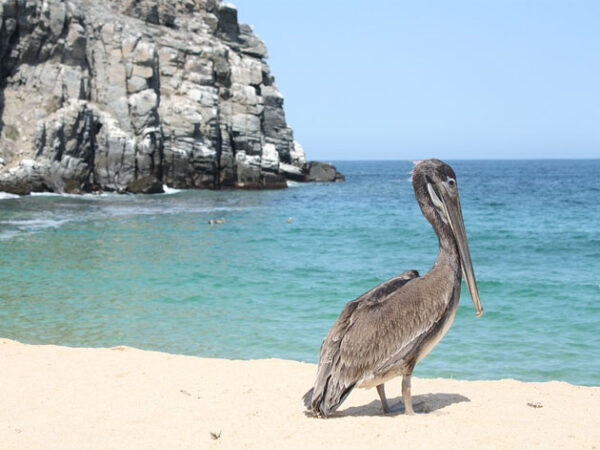
Loreto Bay National Park, or Parque Nacional Bahía de Loreto in Spanish, is located off the coast of Loreto, a charming town in Baja California Sur, Mexico.
This beautiful area lies on the Baja Peninsula, bordered by the crystal-clear waters of the Sea of Cortez.
Jacques Cousteau, the famous oceanographer, once called this sea “The Aquarium of the World,” and it’s easy to see why.
The park spans over 800 square miles, encompassing five main islands and their surrounding islets, submarine canyons, and marine terraces.
When was the Park Established?
Loreto Bay National Park was officially established on July 19, 1996, as part of a community effort to preserve the region’s natural beauty and biodiversity.
It quickly gained recognition for its ecological significance and was declared a UNESCO World Heritage Site in 2005.
Additionally, it is listed as a Ramsar Site, highlighting its importance as a wetland of international importance.
Islands of Loreto Bay National Park

Five main islands that make up this incredible marine park: Coronado, Carmen, Danzante, Montserrat, and Santa Catalina.
Each island has its own unique charm and a plethora of adventures.
Coronado Island
Coronado Island is a must-visit. Rising 928 feet from the water, this island was formed by volcanic activity, which is evident in its rugged lava cliffs and dramatic rock formations.
The north side is all about steep cliffs and fascinating lava formations, perfect for those who love geological wonders.
Meanwhile, the south side offers pristine white sandy beaches and calm, turquoise waters ideal for swimming and snorkeling.
One of the highlights here is the sea lion colony. These playful creatures are a joy to watch, and if you’re lucky, you might get to snorkel alongside them.
Don’t forget to explore the underwater world where black coral forests and vibrant reef fish await.
Carmen Island
The largest of the five islands, Carmen Island, covers 37,000 acres and boasts a diverse landscape.
From towering limestone cliffs and secluded bays to underwater walls and pinnacles, Carmen has it all.
The island’s history is just as intriguing as its geography, with the ghost town of Bahia Salinas reminding visitors of its salt-mining past.
Divers will find plenty to explore here, including a sunken ship teeming with marine life.
The dive sites are varied, featuring everything from deep vertical walls to fish-rich pinnacles. Keep an eye out for bighorn sheep on the cliffs!
Danzante Island
Despite its small size, Danzante Island is packed with breathtaking scenery.
Known as the “Treasure Island,” it offers dramatic cliffs, hidden coves, and stunning beaches like Honeymoon Cove.
The east side is steep and rugged, while the west side is more sheltered, providing perfect spots for snorkeling and diving.
Diving enthusiasts will love the deep walls, canyons, and the wreck of the “Agustin Melgar,” a 180-foot long ship that’s a haven for marine life.
On land, you’ll find towering cacti and a variety of bird species, including the charming blue-footed boobies.
Montserrat Island
Montserrat Island is a photographer’s dream. With its magnificent views and scenic backdrops, it’s one of the most picturesque spots in the park.
It’s less frequented by tourists, making it a great place for a quiet retreat.
The northern end of the island features Yellowstone, a mile-long stretch of pristine white sand that’s perfect for relaxing and soaking in the natural beauty.
Santa Catalina Island
Santa Catalina Island is the most remote of the five, offering an off-the-beaten-track experience.
Its isolation has allowed unique flora and fauna to thrive, including seven species of reptiles found nowhere else in the world.
The island is a botanical wonderland, home to some of the largest specimens of the Ferocactus diguetii cactus.
The surrounding waters are just as fascinating, with excellent opportunities for scuba diving, snorkeling, and kayaking.
Santa Catalina is truly a playground for nature lovers and adventurers.
Marine and Terrestrial Wildlife

The biodiversity of Loreto Bay National Park is simply astounding. The waters are teeming with life, from playful dolphins and majestic whales to graceful manta rays and a rainbow of tropical fish.
On land, you’ll encounter everything from lizards and jackrabbits to seabirds like pelicans and blue-footed boobies.
The park is also a crucial habitat for several endangered species. In the winter months, it becomes a haven for migrating humpback, grey, and blue whales.
These gentle giants travel thousands of miles to the Sea of Cortez, providing an unforgettable spectacle for visitors.
Activities and Attractions
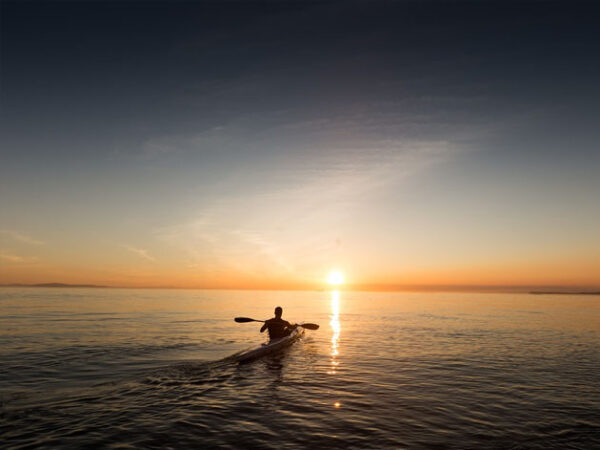
There’s no shortage of things to do in Loreto Bay National Park. Whether you’re a seasoned diver or a casual hiker, there’s something here for everyone.
Diving and Snorkeling
The park offers some of the best diving and snorkeling sites in Mexico.
Popular dive spots include the black coral forests around Coronado Island and the deep walls of Danzante Island.
For the more adventurous, remote dive sites outside the park’s boundaries offer pristine reefs and uncharted waters teeming with life.
Kayaking and Paddleboarding
Exploring the park by kayak or paddleboard is a fantastic way to get up close to the wildlife.
Paddle into hidden coves, glide along the cliffs, and enjoy the peacefulness of the Sea of Cortez. It’s an eco-friendly way to explore without disturbing the natural inhabitants.
Hiking and Land Exploration
On land, there are numerous trails and viewpoints to discover. Hike through the varied landscapes of Carmen Island or explore the remote wilderness of Santa Catalina.
Each island offers unique opportunities to observe the local flora and fauna.
Tips for Visiting Loreto Bay National Park
When planning your trip, here are a few tips to ensure a memorable and environmentally-friendly visit:
- Best Time to Visit: The park is beautiful year-round, but the best time for whale watching is between January and March.
- Hiring Certified Guides: To get the most out of your visit, consider hiring a certified guide who can provide insights into the park’s biodiversity and history.
- Environmental Conservation Tips: Help preserve this natural wonder by using reef-safe sunblock and respecting wildlife habitats. Always follow Leave No Trace principles.
Loreto Bay National Marine Park is a true paradise for nature lovers and adventurers alike
From the dramatic landscapes of its five main islands to the vibrant underwater ecosystems, there’s so much to explore and appreciate.
Whether you’re diving with sea lions, paddling through tranquil waters, or hiking across rugged terrain, the park offers endless opportunities for discovery.
Each island, from the volcanic cliffs of Coronado to the remote beauty of Santa Catalina presents a unique adventure that showcases the incredible biodiversity and stunning beauty of Loreto Bay, Mexico.
Visita nuestra pagina en español de Parque Marino Nacional de la Bahía de Loreto en nuestro sitio.


